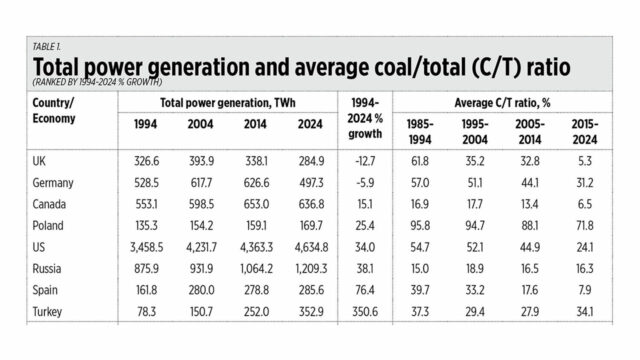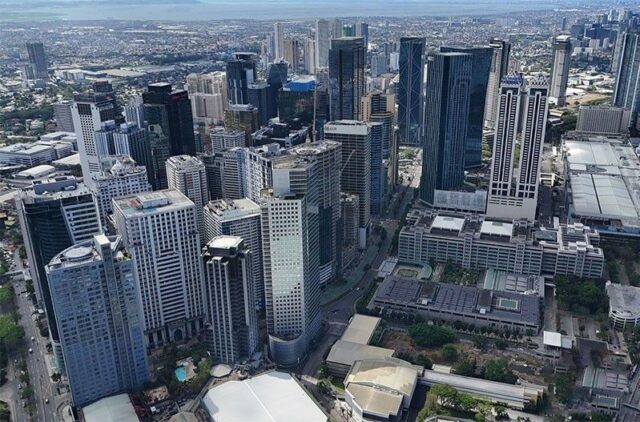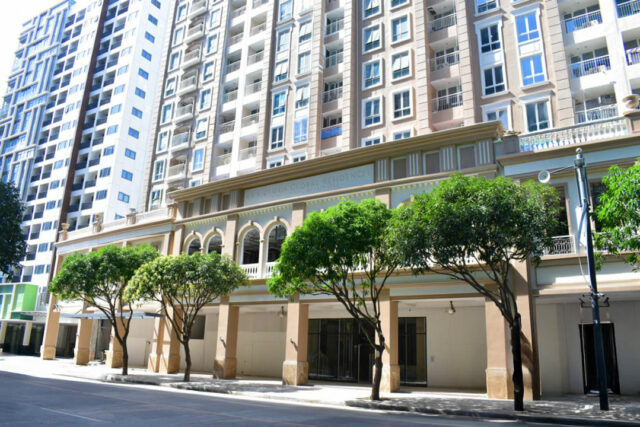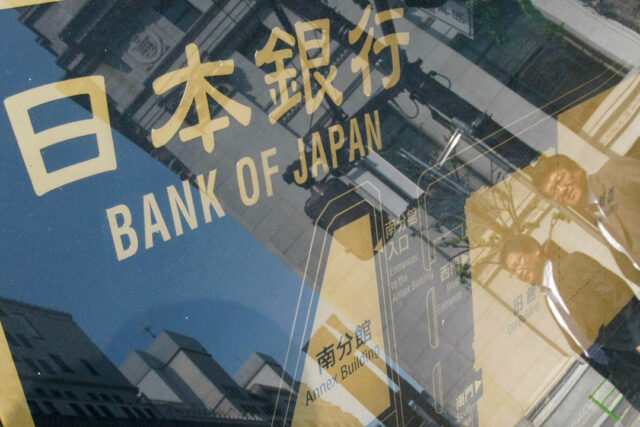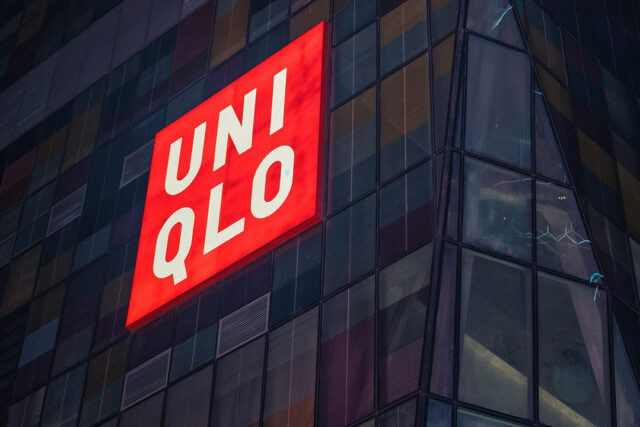Entertainment News (07/15/25)
HBO Max is back
STREAMING platform HBO Max is back this July, coming from the name Max. Originally launched as HBO Max back in 2020, it was briefly rebranded as Max in 2023 following the merger of Warner Media and Discovery which formed Warner Bros. Discovery, in an effort to broaden its appeal and highlight its diverse offerings.
GIVĒON releases sophomore album
THE second studio album of R&B artist GIVĒON, titled BELOVED, is out now, via Epic Records. The album is executive-produced by Sevn Thomas and contains 14 tracks, led by singles “Twenties” and “Rather Be.” Various producers have worked on the different tracks, including Jahaan Sweet. BELOVED is out now on all digital music platforms.
Eastwood City mounts collector’s pop-up
EASTWOOD CITY is inviting collectors and fans to explore the 52Toys and Mattel Pop-Up Store at Eastwood Mall Atrium, open from July 9 to 20. This special collaboration features Mattel brands like Barbie, Hot Wheels, and Jurassic World alongside 52Toys’ Disney-themed blind boxes, for pop culture enthusiasts of all ages. Shoppers can enjoy exclusive promos, including a free Jurassic Guidebook for those who download the Jurassic Play app, and join the 52Toys photo contest for a chance to win a full blind box series.
Indonesian surf rock band The Panturas to perform in Manila
INDONESIA’S acclaimed surf rock quartet, The Panturas, is set to bring their high-octane energy to Manila on July 19, at the Sari Sari bar in Makati City. Presented by Shoplifters United, the Manila show marks their first-ever performance in the Philippines and will serve as the first stop of their 2025 Asian tour before the band heads to Japan. Known for their electrifying blend of vintage surf riffs, psychedelic textures, and garage-punk energy, the Indonesian band will be joined by local acts Oh, Flamingo!, (e)motion engine, Pikoy, and We Are Imaginary. Pre-sale tickets are available at P400 for a limited time only. Updates will be posted via Shoplifters United.
Chess thriller Rematch premieres on Lionsgate Play
REMATCH, a psychological thriller based on the historic 1997 chess showdown between world champion Garry Kasparov and IBM’s Deep Blue, is coming to Lionsgate Play on July 18. The six-part French series dives deep into the tension, paranoia, and drama behind the battle of human brilliance versus machine intelligence. It stars Christian Cooke as Garry Kasparov and explores what happens when genius meets artificial intelligence.
Muri, Shigge capture the twilight in new song
FILIPINO soul-pop artist Muri and Japanese electronic producer Shigge have dropped “Golden Hour,” the first single off their upcoming joint EP, SETSUNA, to be released next month. The track serves as the entry point into the shared universe Muri and Shigge crafted together, capturing the fleeting beauty of twilight. It was first conceived during a songwriting camp at the AXEAN Festival in Bali, Indonesia last year. They will also have a five-stop tour between Tokyo and Manila, with the two Manila stops scheduled for Aug. 1 at Sari Sari and Aug. 2 at Electric Sala, both in Makati City.
Eraserheads: Combo on the Run to screen at San Diego Comic-Con
THE music documentary Eraserheads: Combo on the Run is set to make history as the first Filipino-produced film and the first music documentary to screen at the San Diego Comic-Con (SDCC). Its 2025 iteration is taking place from July 24 to 27. There will be a panel discussion at Exhibit Hall 6BCF, led by director and producer Diane Ventura and Eraserheads frontman Ely Buendia.
Hyun Bin is coming to Manila
KOREAN STAR Hyun Bin, known for his roles in Crash Landing On You, Secret Garden, and My Lovely Sam Soon, is coming to Manila on Aug. 8. Solaire will hold a raffle for this event. Every P2,000 net single-receipt spent from July 1 to 31 at any bar or restaurant in Solaire Resort Entertainment City or Solaire Resort North can earn one a chance to score a seat to “Hyun Bin Landing at Solaire.” There will be 500 lucky winners, 250 from each Solaire location. The raffle will be on July 31, 7 p.m. Tickets must be personally claimed between July 31 and Aug. 7.
Robinsons Movieworld waives online booking fees until August
UNTIL Aug. 31, Robinsons Movieworld is waiving its P20 online booking fee. Moviegoers can enjoy zero transaction fees once they book their movie tickets online, either through Robinsons Movieworld’s website or the Rmalls+ App. The promo was launched to encourage mallgoers to skip the lines and catch the biggest blockbusters without extra charge.
Janno Gibbs signs with GMA Music
GMA MUSIC has signed the Philippine King of Soul, Janno Gibbs, to the label. Mr. Gibbs, in a statement, expressed his gratitude and excitement to reunite with the record label: “It feels really good to be back home sa GMA Music. I feel really at home with these guys.” His partnership with GMA Music marks a full-circle moment in his career, since he was one of the very first artists signed by then-GMA Records back in 2004.
Comedy series Confidence Queen to premiere on Prime Video
THIS September, Prime Video will be premiering Confidence Queen, a Korean comedic caper series starring Park Min-young, Park Hee-soon, and Joo Jong-hyuk. The series follows a trio of clever swindlers who team up to take down corrupt villains through elaborate schemes. It promises a thrilling ride for global audiences, to be available in over 240 countries and territories. It is a remake of the popular Japanese series Confidence Queen, this time helmed by director Nam Ki-hoon and penned by Hong Seung-hyun.















